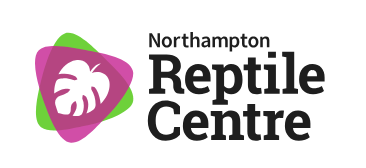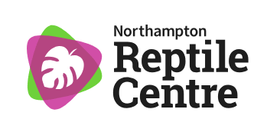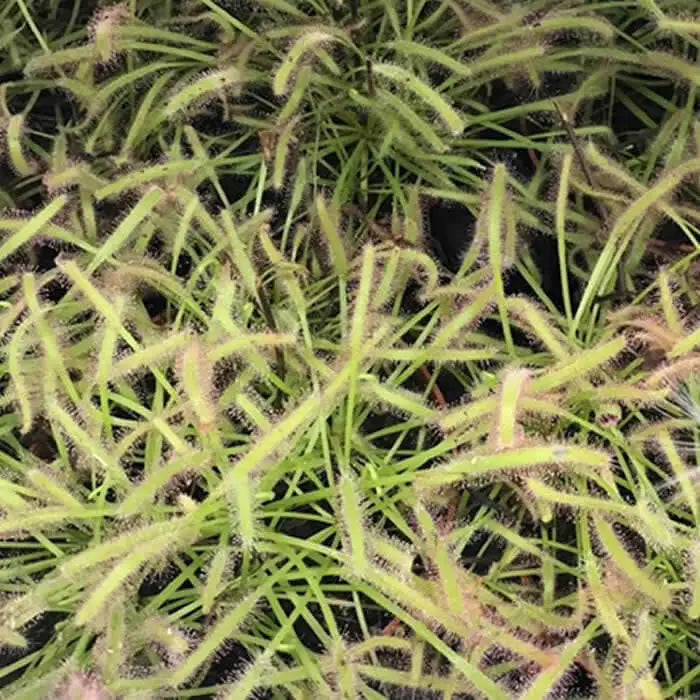10 products
Free Delivery
On order over £99*
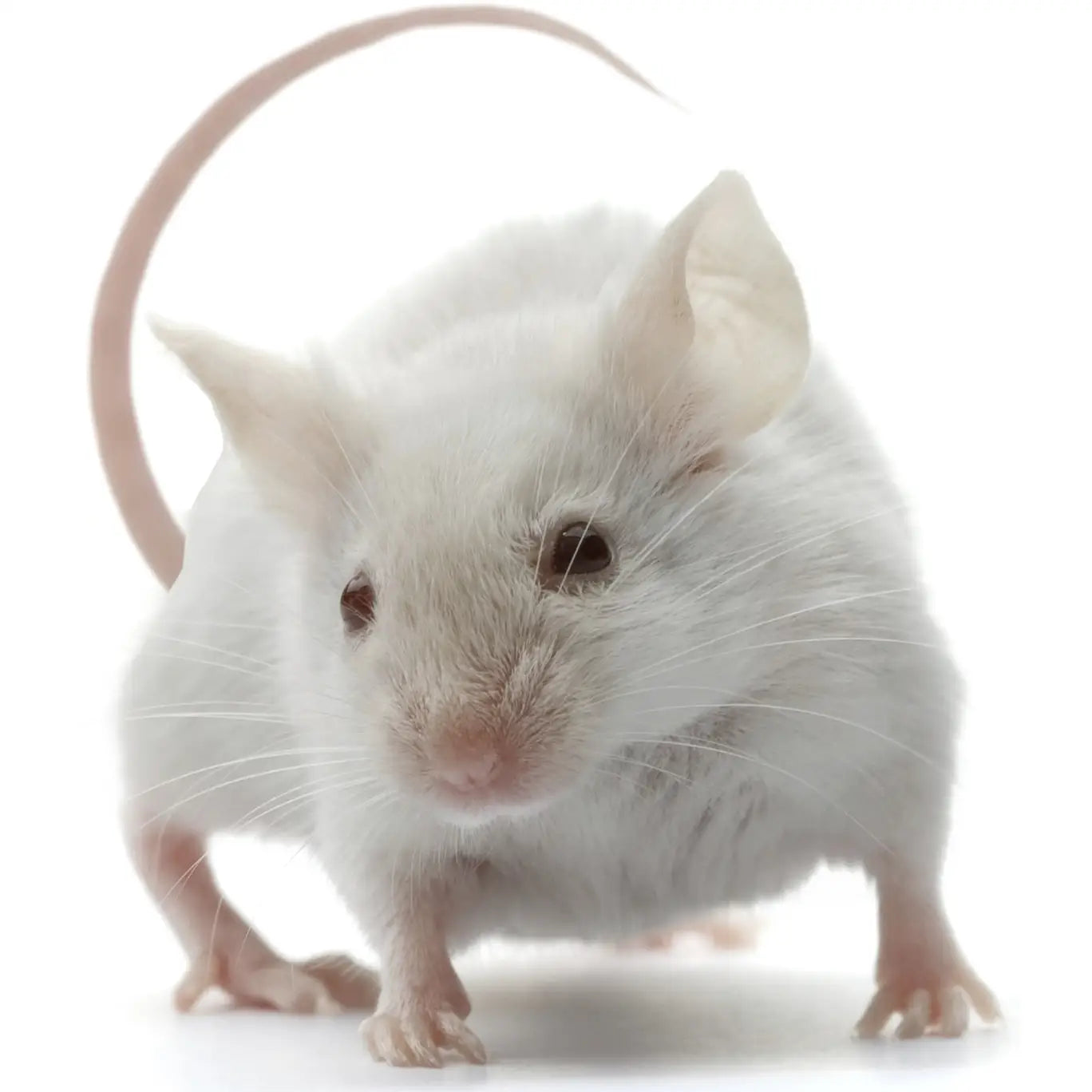
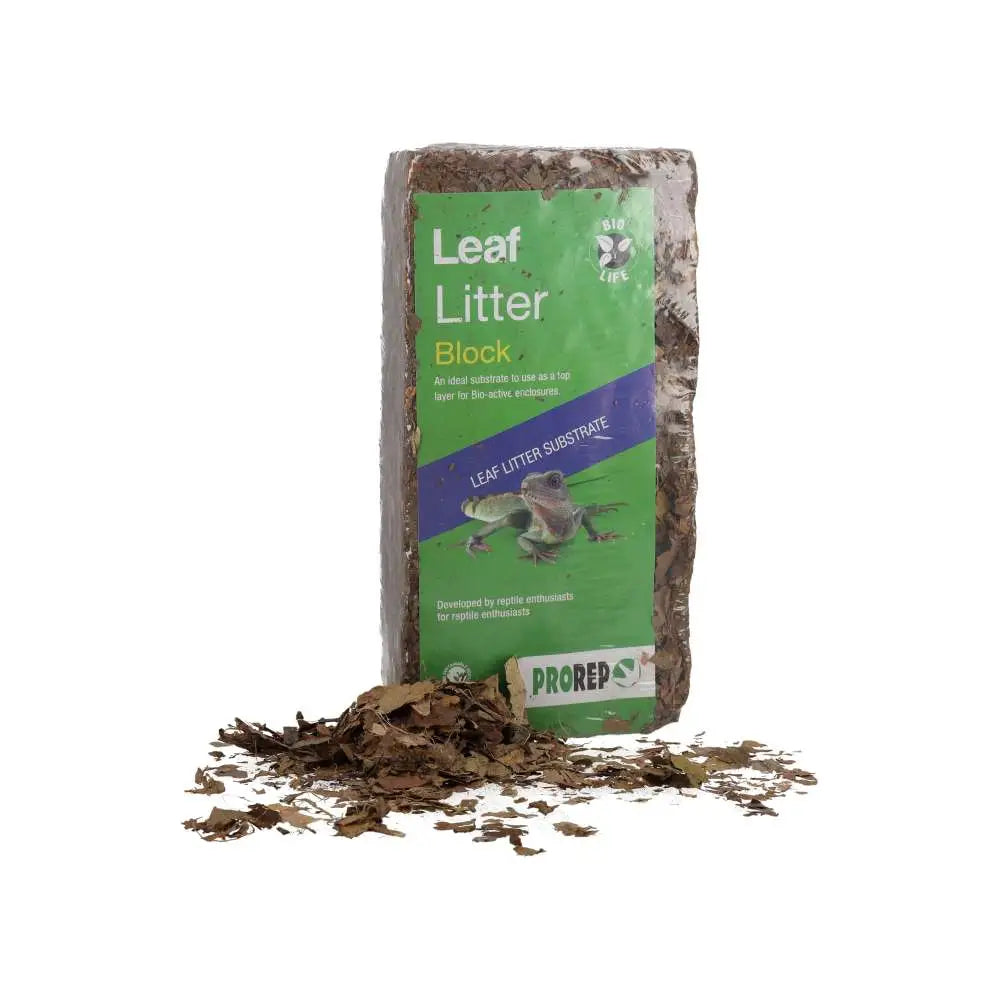
10 products






Phrases like 'Terrascaping', 'Bio-Active' and 'Living Terrariums' are becoming more and more common in the world of reptile and amphibian care, as keepers become more aware of the benefits of creating a living ecosystem for their pets.
Apart from the aesthetic appeal of a planted terrarium there are some very real, tangible benefits for the animals. Living plants provide natural cover and climbing perches, shade, basking sites and maintain natural humidity. Just as live plants in an office can improve workers well-being, live plants in a terrarium will have the same effect for animals.
Sign up to the Reptile Centre newsletter so you don't miss out on all the latest offers and guides to give your pet the best they deserve
